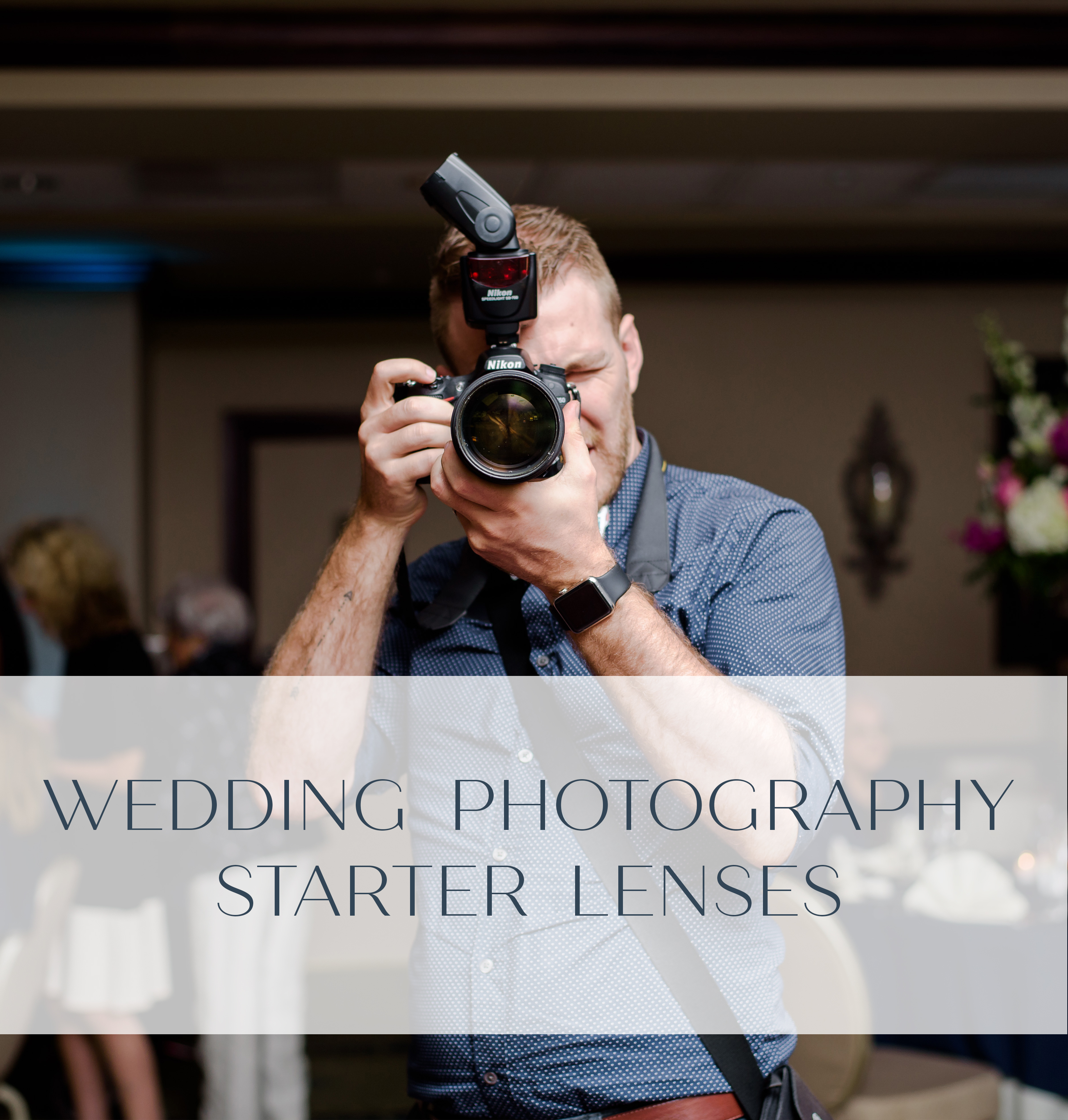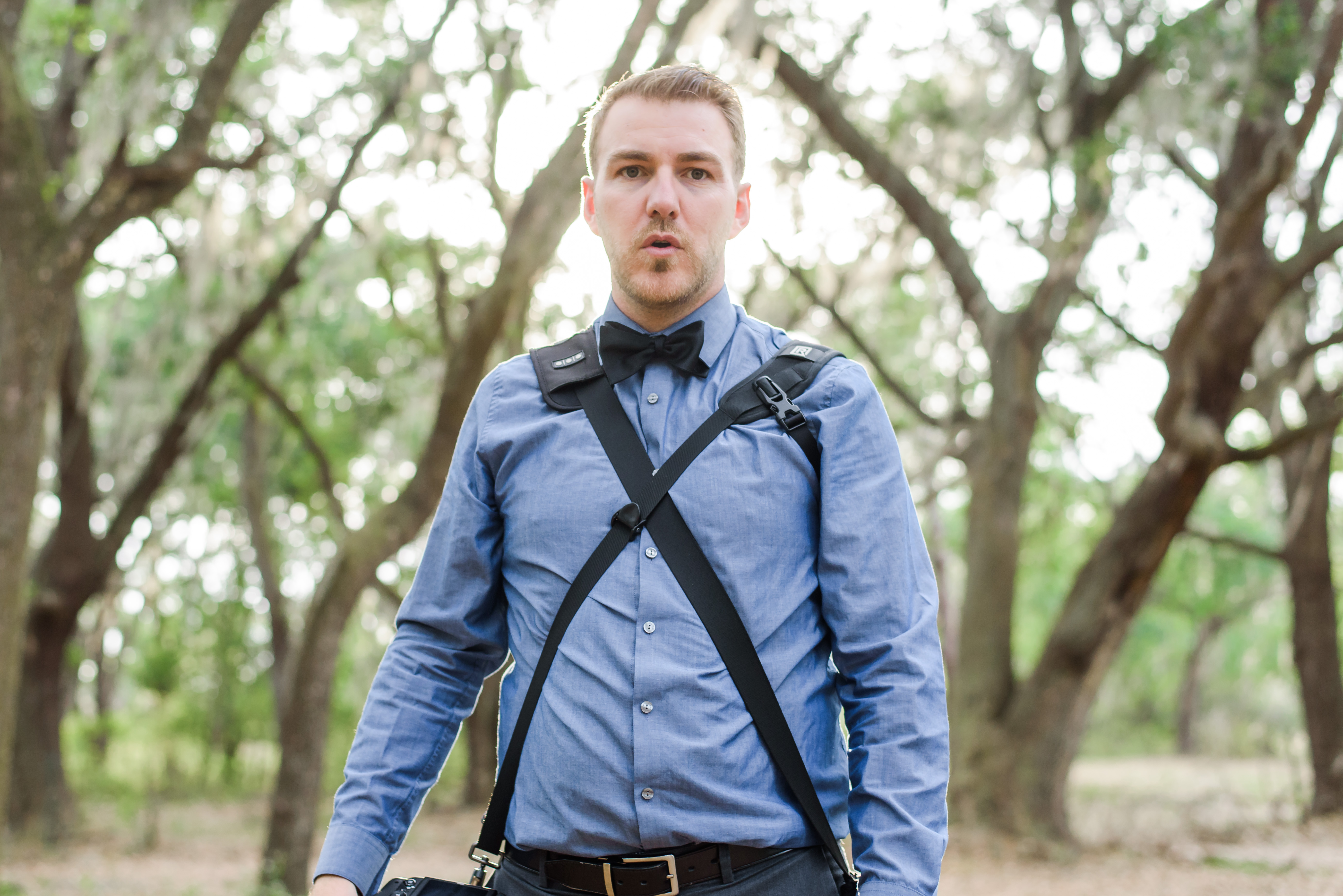
So you want to start shooting weddings. You’ve got a passion for love stories, the drive to get your own business started, but don’t quite have the bank account to fund the ever growing list of “must-haves” the photo world is telling you you HAVE to have in order to be successful. And once you get over the sticker shock of what all of those new gadgets and gizmos are going to cost (or at least come to accept it with the help of a little wine) you start feeling so beyond overwhelmed about acquiring it all. Which maaaay leave you looking a little like this:

(I have to spend HOW much?!)
We’ve been there. We wanted the best of the best gear but had a budget that was looking it’s worst. When we started our business back in 2010 we knew we needed a wide range of focal lengths to cover a wedding day, be it a 200 mm lens to get a close up shot of the first kiss or a 35 mm to get shots of the bride’s extended family. But when we started adding everything up, the heart palpitations officially set in. There was no way we were going to be able to purchase six different lenses in addition to the camera bodies and lighting equipment we needed because we weren’t making any money yet. Our dream felt like it was going to be dead before we’d even shot a single wedding.
So, we approached our businesses just like we do marriage and realized we had to find a compromise.
Like most photographers out there, after doing our research we knew we would have a preference for prime lenses (lenses with fixed focal lengths) because they are not only generally sharper but also usually faster (meaning they have larger maximum apertures that enable you to shoot at faster shutter speeds) . And while we are most definitely on this bandwagon our budget wasn’t always riding on that wagon with us. So we sat down and made a list of priorities. We knew that the most important thing about a wedding day kit is versatility, because you never know what situation you will be thrown into or how quickly things will change. Instead of opting to buy a plethora of prime lenses (because budget wise it really wasn’t an option at the time), we instead invested in two zoom lenses: a 24-70mm and a 70-200mm. Where one lens’s abilities ended the next picked up, and we knew that no matter what happened throughout the day we could be able to cover it. At the time we were shooting Nikon, so our entire lens collection looked like this:
 Yes, that’s right. TWO LENSES. These were the workhorses of our business for about a year and a half, and while we would have loved to have had more to play with these were totally able to get the job done and grow our portfolio. (Quick sidenote…this by no means is saying that we didn’t each have a backup lens, but our backups were far less schmancy versions of these same lenses). As our business grew and our style evolved, we found ourselves adding lenses to our kit that more specifically accomplished the look we wanted, and now our gear list is comprised mostly of prime lenses (keep an eye out for a “What’s in Our Bag” post to come!) But for a year and a half those two lenses were definitely adequate in helping us grow our business, find our style, and document tons of weddings without missing a beat, all while being a more affordable stepping stone into the world of wedding photography.
Yes, that’s right. TWO LENSES. These were the workhorses of our business for about a year and a half, and while we would have loved to have had more to play with these were totally able to get the job done and grow our portfolio. (Quick sidenote…this by no means is saying that we didn’t each have a backup lens, but our backups were far less schmancy versions of these same lenses). As our business grew and our style evolved, we found ourselves adding lenses to our kit that more specifically accomplished the look we wanted, and now our gear list is comprised mostly of prime lenses (keep an eye out for a “What’s in Our Bag” post to come!) But for a year and a half those two lenses were definitely adequate in helping us grow our business, find our style, and document tons of weddings without missing a beat, all while being a more affordable stepping stone into the world of wedding photography.
Hope this helps, and as always we’d love to hear from you! If you have any questions about this post, or any new ones you’d love to see in the future, leave us a comment below or send us an email at hello@sarahben.com!
Love + Laughs,
Sarah & Ben